From under the water to space
In the XNUMXst century, outer space is becoming the environment that determines the success of military operations in all other environments - on land, on water (under water) and in the air. The presence of developed satellite constellations makes it possible to provide communication and control of the armed forces on a global scale, including unmanned aerial vehicles (UAVs). Without the work of global satellite positioning systems, the work of many samples of high-precision weapons, primarily long range.
Realizing this fact, the leading powers of the world are developing both means of countering the enemy in space - disabling the enemy's spacecraft, and are looking for opportunities to quickly restore the number of their own satellite groupings that have been attacked by the enemy.
The restoration of satellite constellations can be carried out by existing launch vehicles (LV), however, "real" cosmodromes include large stationary structures, which, in the event of a serious conflict, will be among the first to be destroyed by the enemy; moreover, preparations for launch have been going on for quite a long time.
Mobile space
Various systems are being developed for the prompt launch of the payload (PN) into orbit - with a ground launch, with a sea launch, and with an air launch. In particular, realizing the need for operational launch into orbit of PNs, the Department of Advanced Research Projects of the US Department of Defense (DARPA) is working on the creation of a light launch vehicle to perform urgent tasks of launching cargo into orbit, which should be launched into orbit no later than three or four days after receiving the corresponding request.
One of the most interesting projects is the two-stage Astra Rocket 3.2 launch vehicle being developed by Astra Space, which can be transported in a container to any launch complex and put 500 kg of payload into a solar-synchronous orbit (SSO) with an altitude of 150 kilometers. The missile is 11,6 meters long. According to representatives of Astra Space, its rocket will be the simplest and most technologically advanced launch vehicle in the world - the cost of one launch will be about $ 2,5 million.
Another startup company, Aevum, plans to launch a payload into orbit using an unmanned reentry vehicle. aviation the first stage of the Ravn X. The second stage of the Ravn X complex is a non-returnable air launch rocket.
The length of the UAV Ravn X is 24,4 m, the wingspan is 18,3 m, the height is 5,5 m, and the mass is 24,9 tons, which is comparable to the weight and size parameters of modern multifunctional fighters. Aviation kerosene used by civil aircraft is used as fuel. For takeoff and landing, an airfield with a runway length of 1,6 kilometers is required. The project is at a high stage of readiness, contracts have been concluded with the US government for over $ 1 billion, the first mission - the launch of a small satellite ASLON-45 for the US Space Forces, is scheduled for the end of 2021. Also contracted 20 launches for 9 years for the US Air Force Center for Space and Rocket Systems.
Lightweight and ultralight spacewalks were discussed in more detail in the article "Into space on a meteorological rocket: projects of ultra-small space launch vehicles".
Typically, most of the most interesting, promising and promising projects are developed by small private companies, often startups. In Russia, private business of this type is still in its infancy - there are projects, there are ideas, sometimes it even comes to some kind of testing of individual components, but there are no ready-made complexes yet, and are not expected.
What is the reason for this - the lack of government support or even restrictive measures and competition from government agencies such as Roscosmos, strict government regulation in the space industry and a poor investment climate - is unclear. Perhaps all taken together. One thing is clear, the situation in this area needs to be radically changed for the better if we do not want to be dragged along at the tail of technological progress.
Nevertheless, the need to ensure unhindered access to outer space in the interests of national security already exists, and it is necessary to solve this problem taking into account the available forces and means.
Soviet groundwork
Russia is a great space power. Still. For now. Let's hope it stays. The backlog created in the USSR makes it possible to implement quite interesting projects, including those related to the creation of mobile complexes for accessing outer space.
First of all, one can recall Sea Launch, a joint project of Russia, Ukraine and the United States. The disadvantage of Sea Launch is the size of its launch complex - in the event of the outbreak of hostilities, it is highly likely to be detected and destroyed. Its advantage is the launch of medium-weight rockets, that is, the placement of about 15–20 tons of payload into low reference orbit (LEO).
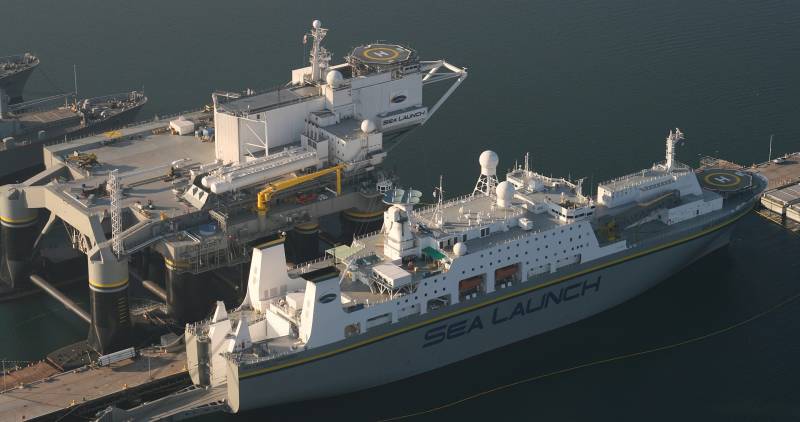
Launch platform "Odyssey" and assembly and command vessel "Sea Launch Commander" of the "Sea Launch" system
Due to the severance of relations with Ukraine and a serious complication of relations with the United States, the Zenit-3SL LV launched from Sea Launch became unavailable. There are no other missiles for him yet.
By the way, in 2019, China implemented its "sea launch" - a lightweight solid-propellant CZ-11H launch vehicle was launched from a floating platform and successfully launched seven small satellites into LEO. Several more Chinese mobile launch platforms are under construction.
An alternative option is air launch systems based on fighter-interceptors, strategic bombers or transport aircraft. In the USSR and Russia, projects were being worked out to create an air launch vehicle based on the MiG-31, Tu-160 or even An-124 Ruslan aircraft.
Currently, none of these projects have been brought to real operation.
Presumably, on the basis of the modernized MiG-31 fighter-interceptor, a promising anti-satellite complex "Burevestnik" is being created, within the framework of which several small interceptor satellites are put into orbit, presumably bearing the designation "Burevestnik-K-AM". Apparently, "Burevestnik" is one of the most developed Russian anti-satellite systems.
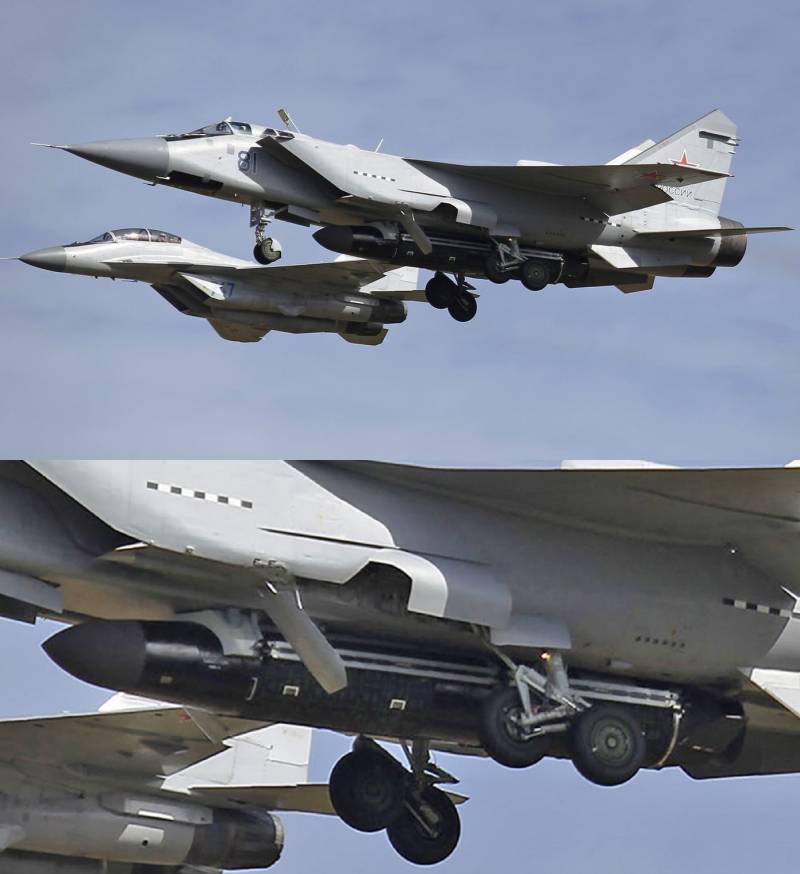
The MiG-31 interceptor with a mass and size model of the 14A045 rocket (product 293) of the 14K168 Burevestnik anti-satellite complex during tests in Ramenskoye in 2018
With a high probability, the Burevestnik complex can be adapted to output other payloads, including commercial ones. A kind of conditional analogue of the American Ravn X.
No less, and even more interesting projects for the operational launch of the launch vehicle into orbit were developed for fleet. A good article on this issue has been published on the Military Review website: "Underwater launch systems: how to get from under water into orbit or space? '.
Of the relatively modern and relevant developments, missiles of the Shtil family can be distinguished, developed on the basis of the R-29M ballistic missile of submarines (SLBM).
The Shtil-1 LV provides launching of a launch vehicle with a mass of up to 70 kg into orbit with a perigee altitude of up to 400 kilometers and an inclination of 79 degrees. The first launch of this type of LV was carried out back in 1998. The main factor limiting the payload is the small volume to accommodate it - only 0,183 cubic meters. meters.
Conversion of the R-29M rocket into a launch vehicle requires minimal modifications - in fact, the spacecraft (SC) is simply placed instead of warheads. The launch is carried out from a standard carrier - the strategic missile submarine cruiser (SSBN) of the project 677BDR (BDRM) from an underwater or surface position in a completely autonomous mode. The complex provides the highest reliability indicators, with a launch cost of about 4-5 million US dollars.
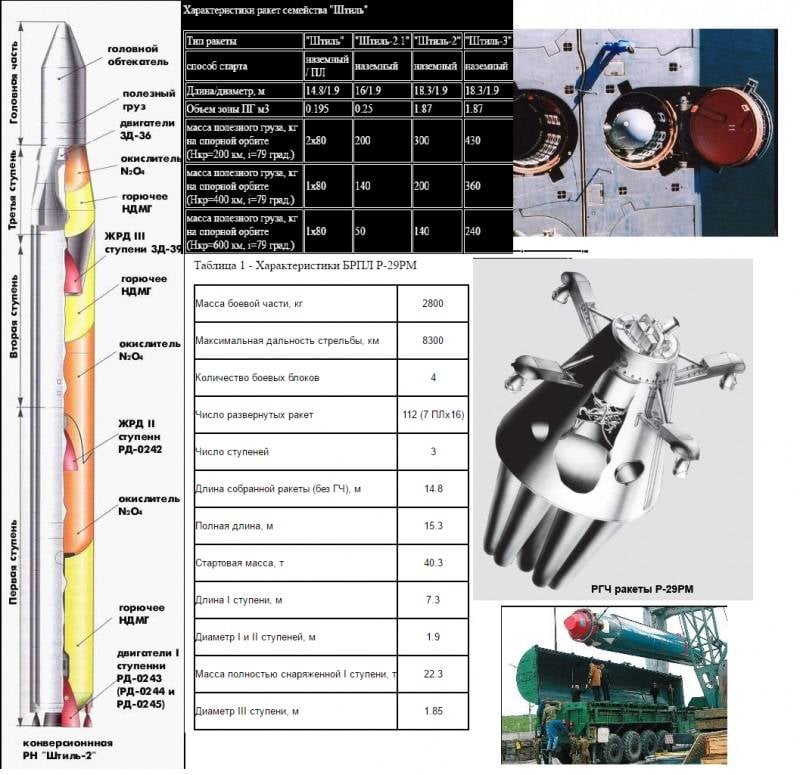
LV family "Calm"
Also, on the basis of the R-29M SLBM, the Shtil-2 ground launch vehicle was developed with an increased payload compartment with a volume of 1,87 cubic meters. meters. In the version "Shtil-2.1" with a larger head fairing and the use of an additional upper stage "Shtil-2R", the mass of the launched launch vehicle increased to 200 kilograms.
Recycling or modernization?
Currently, the Russian Navy (Navy) operates seven Project 667BDRM Dolphin SSBNs, carrying modified R-29RM SLBMs of the Sineva type (R-29RMU2) and Liner (R-29RMU2.1).
These SSBNs will gradually be replaced with new SSBNs of project 955 / 955A "Borey" with solid-propellant SLBM "Bulava". At the same time, the Sineva / Liner missiles have unique characteristics in terms of the ratio of the mass of the rocket and the mass of the thrown payload, as well as a long, extended shelf life (due to the use of ampouled liquid rocket fuel). Moreover, the production capabilities for the manufacture of modified R-29RM missiles, apparently, should be preserved.
Isn't it too wasteful to send all this stuff “for scrap”?
In connection with the above, it is proposed to modernize the two newest SSBNs of project 667BDRM for use as reserve mobile spaceports of the conditional project 667BDRM-K in the interests of the RF Armed Forces, as well as for the provision of services for launching payload into orbit to commercial customers. In the course of modernization, the dimensions of the missile silos may be slightly increased in order to accommodate missiles with an increased payload compartment, and possibly with an additional booster module.
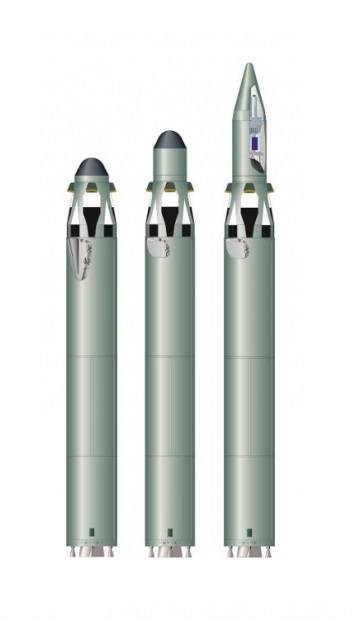
Comparative dimensions of the R-29M SLBM and the Shtil launch vehicle based on it
The remaining SSBNs of project 667BDRM, as they are withdrawn from the fleet, should not be thoughtlessly disposed of, but dismantled, taking into account the possible use of their equipment and structural elements as spare parts for floating cosmodromes of the conditional project 667BDRM-K.

Possible appearance of the floating cosmodrome of the conditional project 667BDRM-K with an enlarged rocket compartment
The advantages of floating spaceports of the conditional project 667BDRM-K with launch vehicles based on R-29RM missiles are:
- the possibility of launching the launch vehicle from almost any point in the world ocean to bring the payload into a given orbit;
- the ability to launch from the equator along an energy-optimal trajectory;
- the highest possible combat stability among all possible variants of mobile spaceports;
- high readiness for launch;
- the ability to quickly launch 16 carrier rockets from one floating cosmodrome.
In service with the Russian Navy and in warehouse storage, there may presumably be several hundred SLBMs of the R-29M family. All or most of them can be converted into promising launch vehicles. If there is a demand, the production of new launch vehicles based on SLBMs of the R-29M family can be organized from scratch. At the same time, for commercial use, their design can be simplified in terms of abandoning protection against the impact of damaging factors of nuclear weapons and other attributes of SLBMs that are not required by the launch vehicle, which should lead to a decrease in the launch cost.
Launching rockets from anywhere in the world ocean minimizes the consequences of using high-boiling toxic propellants in the design of R-29RM-based rockets. The launch and fall of the spent stages can be carried out outside the borders and economic zones of third countries, which will exclude various legal claims and claims for compensation.
For the armed forces of the Russian Federation, the presence of two floating cosmodromes will allow the launch of a payload into orbit in special conditions, when access to space by other means may be limited or impossible. Floating spaceports of the conditional project 667BDRM-K can quickly launch reconnaissance or communications satellites into low orbit, "Satellite inspectors" or other payload.
Converting SLBMs into launch vehicles, and SSBNs into floating cosmodromes will make it possible to earn additional funds for the federal budget, exert financial pressure on foreign developments of a similar class by mastering a part of the high-tech segment of the space launch market, support domestic production and design bureaus, and extend the life cycle of combat technology.
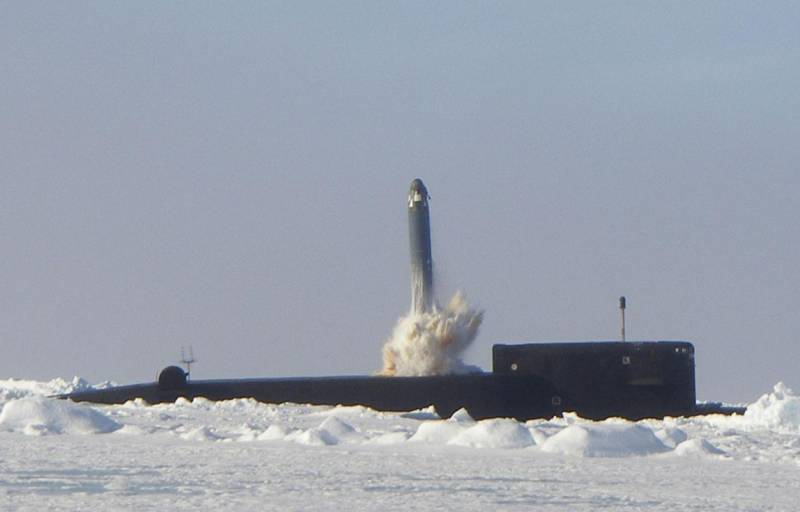
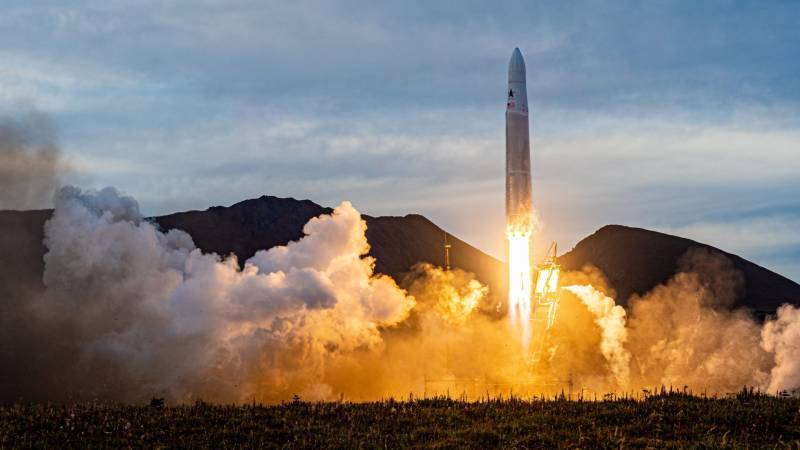
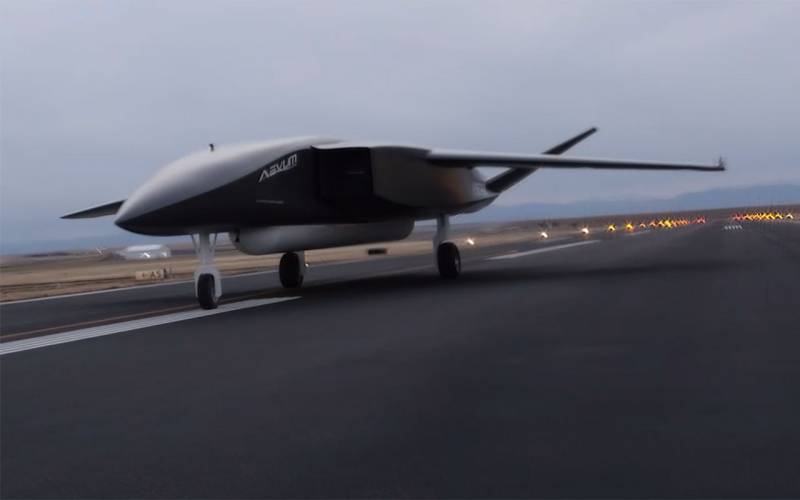

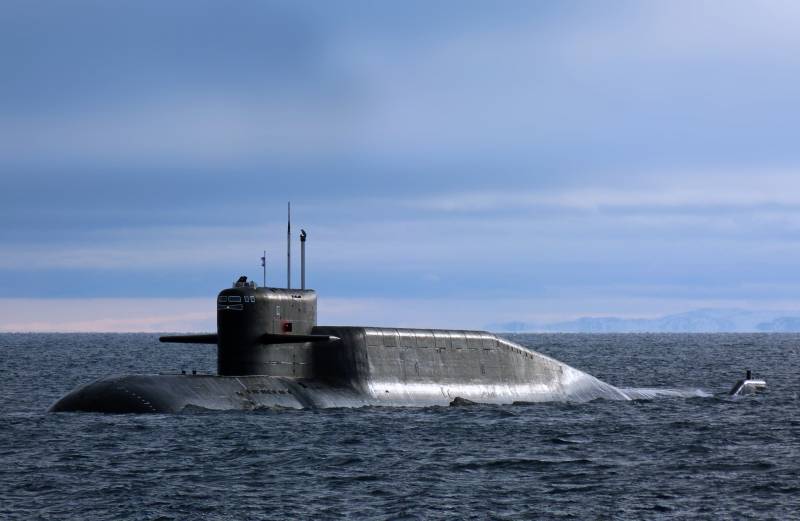

Information